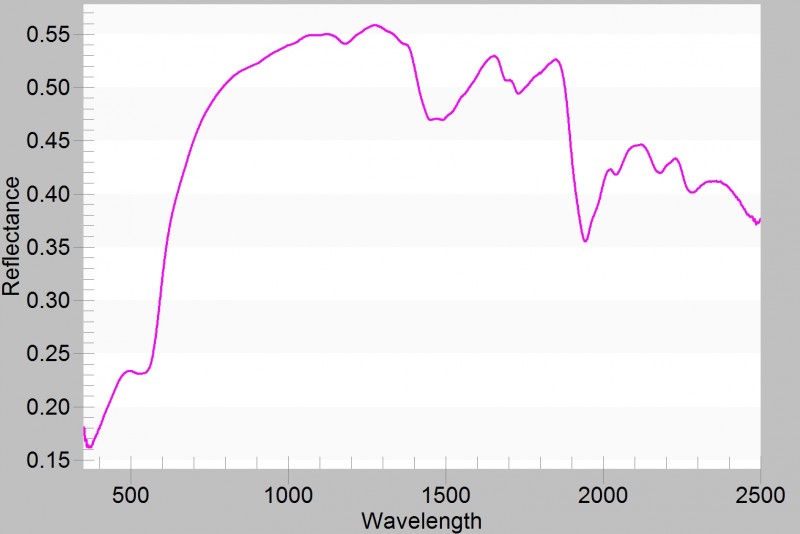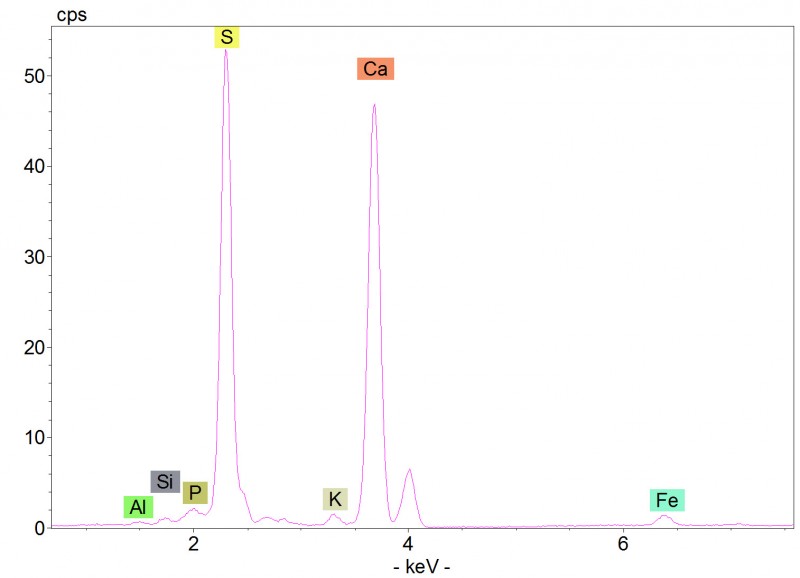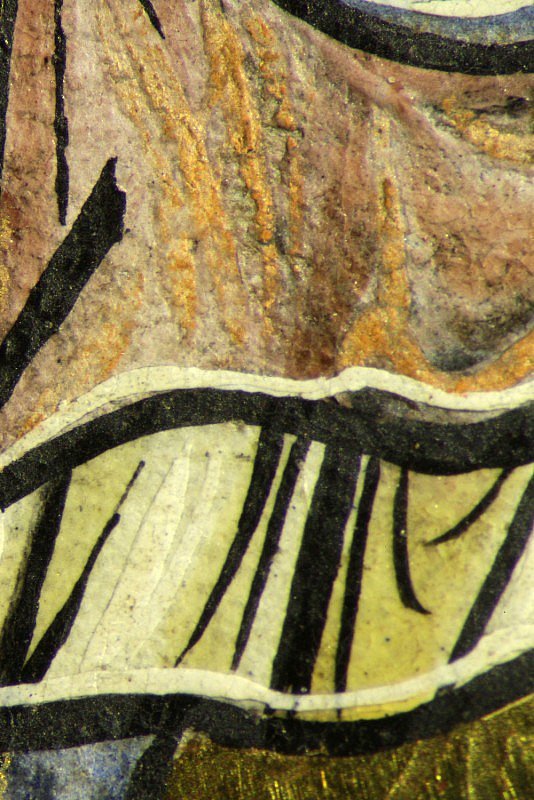Psalter
Texts and Images
The Psalter has 10 sections, following one of the common medieval systems of dividing the 150 Psalms into groups for daily recitation. Psalm 1 opens with a full-page historiated initial (fol. 12v). Psalms 52, 80, 101 and 109 mark four more divisions with large historiated initials showing rather unusual subjects that do not follow the pattern of earlier 13th-century Psalters (fols. 78r, 116r, 139v, and 159r). Three other 'division' Psalms (26, 38, 51) are introduced by fully illuminated foliate initials (fols. 41v, 60v, 77r), but the initials for Psalms 68 and 97 are missing due to the loss of folios. Contemporary, deluxe English Psalters made in urban centres, probably for lay owners, generally have historiated initials for all 10 'division' Psalms. The intended monastic use of the Peterborough Psalter may account for fully illuminated foliate initials marking some of the major divisions in this manuscript. Red and blue penwork initials filled with foliate ornament in multicoloured washes with occasional touches of gold mark some remaining major text divisions in the Psalter. Others are signalled by red and blue penwork initials filled with scrolling patterns in the contrasting colour.




Historiated initial D with David slaying Goliath (Psalm 52)
Pink tones in this folio are opaque and consist of a mixture of an organic red dye and gypsum (hotspot 2). Various red dyes were available in England at this time, such as Brazilwood, madder and kermes. A variety of red and pink hues can be obtained by controlling the amount of alum added to these dyes.
The modelling of draperies is particularly dynamic in this folio. David’s mantle is modelled over a pink base layer that contains an insect-derived dye, with red lead highlights. The inner part of the mantle is painted with ultramarine blue. The tunic is modelled with a yellow glaze over a white base layer of chalk (hotspot 3). White lead highlights and thick black outlines further define the folds.
